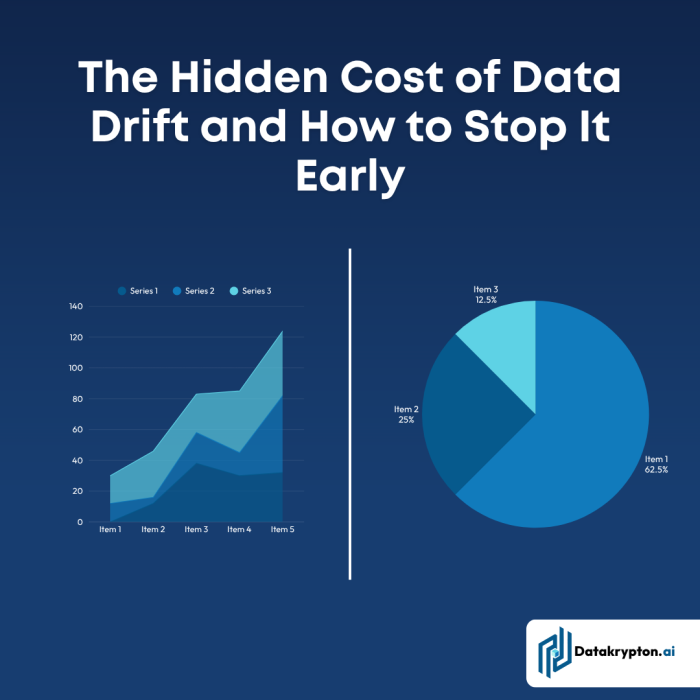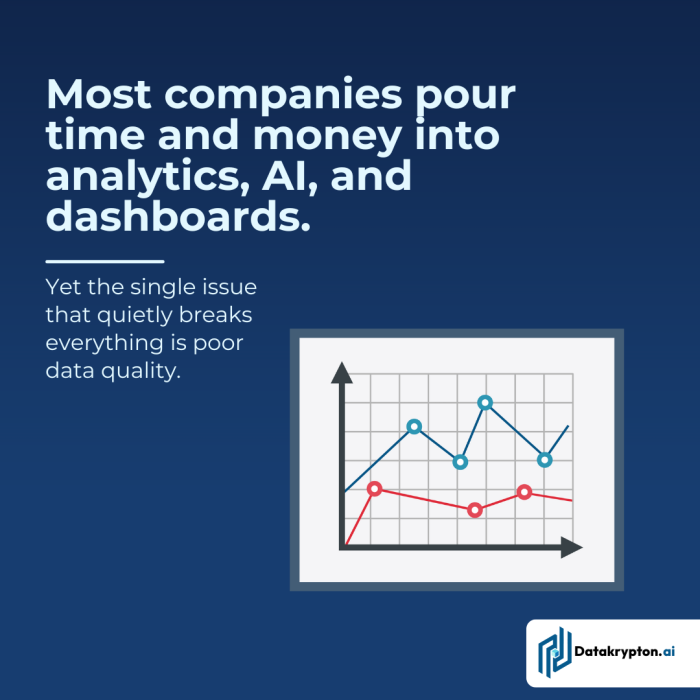Data drift doesn’t announce itself. It appears gradually through changing source systems, evolving schemas, or subtle shifts in how information is collected. Over time, it breaks the trust organizations spend years and millions of dollars building.
In this post, you’ll learn what data drift is, why it matters, how to detect it early, and how data engineering and governance teams can collaborate to prevent long term data decay.






